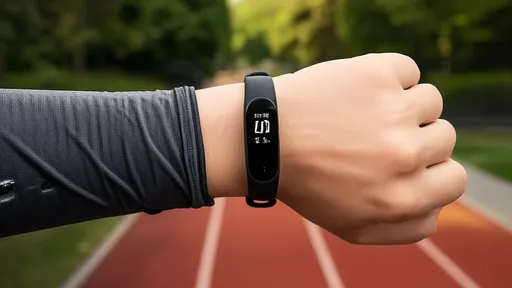The life of a labor worker is physically demanding. Long hours of lifting, bending, and repetitive motions take a toll on the body. While the work itself builds functional strength, it often leads to muscle imbalances, joint stress, and chronic fatigue. Recovery training after shifts isn’t just about relaxation—it’s a necessity for sustaining long-term health and performance.
Many laborers assume that because their job is physically active, they don’t need additional exercise. This misconception can lead to premature wear and tear. The truth is, occupational movement is rarely balanced. Certain muscle groups become overworked while others weaken from neglect. Without corrective exercise, this imbalance grows worse over time, increasing injury risk and reducing work efficiency.
Recovery training for laborers should focus on three key areas: mobility, stability, and controlled tension release. Unlike gym-goers who might prioritize hypertrophy or endurance, workers need movements that counteract the specific stresses of their trade. A construction worker’s regimen will differ from a warehouse loader’s, but both should address posture restoration and joint decompression.
Dynamic stretching proves far more effective than static holds for tired muscles. Movements like arm swings, torso rotations, and gentle lunges with twists help flush out metabolic waste while restoring range of motion. The goal isn’t to push limits but to remind the body of its natural movement patterns before fatigue sets in.
Water immersion therapies show remarkable results for recovery. Even a simple contrast shower—alternating between warm and cool water—can significantly reduce inflammation in overused limbs. For those with access, soaking in a cold plunge (50-60°F) for 30-90 seconds post-shift decreases delayed onset muscle soreness by up to 40% according to occupational health studies.
Nutrition timing plays an underrated role in recovery. Laborers often eat one large meal after work when their bodies needed strategic fueling hours earlier. Consuming easily digestible proteins and complex carbohydrates within 45 minutes of shift-end kickstarts tissue repair. A tuna sandwich on whole grain or Greek yogurt with nuts provides the amino acids and slow-release energy depleted muscles crave.
Foremen and worksite safety officers are starting to recognize that recovery education impacts productivity as much as equipment training. Some progressive companies now offer 10-minute guided cooldown sessions before clock-out. These simple interventions reduce next-day stiffness and cut workers’ compensation claims related to repetitive strain injuries by nearly 30% within six months of implementation.
The psychological component of recovery is often overlooked. Physical exhaustion clouds judgment and amplifies stress hormones. Brief mindfulness practices—even five minutes of focused breathing while changing out of work clothes—help transition the nervous system from survival mode to restoration mode. This mental shift allows the body to absorb the benefits of physical recovery efforts more effectively.
Toolbelt workouts are gaining popularity among tradespeople. These incorporate job-specific movements performed slowly without load to retrain proper mechanics. An electrician might practice controlled overhead reaches mimicking wire pulls, while a mason focuses on hip-hinging form without mortar bags. This neural retraining prevents movement pattern degradation from fatigue-induced compensations.
Sleep quality remains the ultimate recovery tool, yet many laborers sabotage it unknowingly. Post-shift caffeine, late meals, and screen time delay deep sleep cycles. Creating a dark, cool sleeping environment and establishing a consistent wind-down routine—perhaps with magnesium-rich foods or herbal tea—improves sleep efficiency more than extra hours in bed.
Community plays a surprising role in sustainable recovery. Workers who train together—whether through company-sponsored programs or informal crew sessions—show better adherence and results. The social accountability and shared experience transform recovery from a chore into a valued part of the work culture. This shift in perception may be the most powerful recovery tool of all.
Recovery isn’t about adding more work to an already exhausting day. It’s about working smarter to preserve the body’s capacity. The laborer who invests 20 intentional minutes daily in targeted restoration will outlast and outperform those who rely solely on toughness. In physically demanding professions, recovery isn’t luxury—it’s longevity.

By /Jul 18, 2025

By /Jul 18, 2025

By /Jul 18, 2025

By /Jul 18, 2025

By /Jul 18, 2025

By /Jul 18, 2025

By /Jul 18, 2025

By /Jul 18, 2025

By /Jul 18, 2025

By /Jul 18, 2025

By /Jul 18, 2025

By /Jul 18, 2025

By /Jul 18, 2025

By /Jul 18, 2025

By /Jul 18, 2025

By /Jul 18, 2025

By /Jul 18, 2025

By /Jul 18, 2025